Perhaps you're reading this with a cup of coffee in hand, curious to know how coffee even began, right? If so, you've come to the right place—we're here to tell you how our favorite drink came about.
There's no denying that coffee has been around for centuries and has been loved by generations of people all over the world. But to enjoy your cup of joe a little bit more, here's a brief history of our favorite drink—coffee.
From Goats to All Over the World
Many believed that coffee started with a parable of an Ethiopian farmer named Kaldi in 700 AD. One day, he noticed that his goats had lots of energy after eating some fruit from a tree. Curious about it, he brought some home to the local monastery, where they concocted a drink from the berries and discovered that it kept them attentive throughout the lengthy hours of nightly prayer, and that's how the first coffee drink started.

Though the Kaldi story cannot be proven to be factual, one thing is certain: coffee originated in Ethiopia.
Since then, coffee has traveled through the Arabian countries and centered in Mokka. After it traveled to Egypt, it made its way to Great Britain, allowing them to open the first coffee houses.
Coffee then traveled to other parts of Europe and found its way to the pockets of explorers who then brought the coffee to Brazil, which is now one of the largest coffee countries in the world.
Coffee Creating Its Own Waves
The way coffee is consumed has always been the same, but the best way to differentiate coffee is by classifying it with different waves.
The term "Wave of coffee" refers to a time period or stage in the coffee industry, of which there have been three in total. These waves show significant developments in the industry, as well as changes in global society brought about by coffee.
Trish Rothgeb coined this word in 2002 and published it in the Roasters Guild publication, characterizing the three coffee trends as "waves."
Each wave begins with a significant shift; to illustrate, compare these changes to those caused by the first or second industrial revolutions; following these changes, the world of industry was irrevocably altered, just as coffee has experienced disruptive changes after each wave.
Here's an overview of each of the waves, followed by a detailed explanation.
First Wave (1800s): Coffee becomes a commodity, with exponential growth in consumption.
Second Wave (1970): Starbucks, the American coffee powerhouse, alters coffee culture.
Third Wave (2000s): Coffee begins to be purchased depending on its origin and technique of manufacturing.
First Wave of Coffee
The first wave of coffee, which began in the 1800’s, puts the spotlight on making coffee a basic item that could be found in every household.
Coffee consumption began to expand at an exponential rate, as people began to recognize the possibilities of this beverage and began purchasing it on a daily basis. This presented a significant opportunity for coffee entrepreneurs who identified a significant possibility and experienced exponential growth in their coffee sales.
Think of Folgers, Maxwell House, Green Mountain Coffee, and other companies that do not place a high priority on quality or openness in sourcing.
Basically, first wave coffee is low-grade coffee wherein flavors aren't the top priority. Instead, first wave coffee is more focused on accessibility and allowing people to easily get their coffee kick without spending too much on a cup.
Second Wave of Coffee
The second wave of coffee started in 1970, when people were more focused on creating a culture around coffee, especially with the sudden boom of coffee shops worldwide. People treated coffee as a pastime rather than a product and created a culture around this ideology. With that said, people have started treating coffee shops as a place to work, commune, and connect with a cup, providing a different way to enjoy your cup of joe.
Starbucks saw that the market desired a "different" coffee experience, one that was more sociable and included higher-quality coffee, and as a result, coffee shops began to develop into places of social encounter rather than just a place to take coffee to go.
During this time, many beer and spirits companies began to see a decline in their sales, particularly in the United States, where the second wave began and grew faster than anywhere else in the world. They soon discovered that the culprit for their sales decline was none other than Starbucks and the coffee shops that began to appear after the start of the second wave.
Third Wave of Coffee
“The third wave is, in many ways, a reaction. It is just as much a reply to bad coffee as it is a movement toward good coffee.” – Trish R. Skeie
We've reached the third wave of coffee, wherein the coffee industry people are focused on producing high-grade coffee known as specialty coffee. Specialty coffee usually will have a grade of 80 to 100 points. This determines the quality and the characteristics of your cup.
Read more: Why Specialty Coffee Is Genuinely Special
With specialty coffee, every chain of the coffee process is crucial. From farming to harvesting, processing to milling, and roasting to brewing, each step of the process is done meticulously to ensure that consumers get the best cup.
But besides the whole process, the roasting and brewing methods are also considered to ensure that they give justice to how the coffees were farmed and harvested. Truly, coffee production is a long chain. With specialty coffee, it’s amazing how people can enjoy their cup of java in a different light.
Another distinguishing feature of the third wave is the industry's emphasis on sustainability across the whole supply chain.
With initiatives like fair trade coffee, which protects coffee farmers by paying them a fair price, the use of agricultural products that are not harmful to consumers, and the collaboration of all those involved in the coffee industry to make it more sustainable, the third wave becomes more of a global stage that affects everyone involved in the coffee world, from the farmer to the consumer, from the seed to the cup, in a positive way.
The Bottom Line: What's Next for Coffee?
There's a bunch of talk about what the future of coffee would be like and if there would be a "fourth" wave of coffee. But the truth is, we won't be surprised if there would be another wave with how quick coffee can adapt to the ever-changing culture of the world. Who knows, after specialty coffee, maybe the fourth wave of coffee would focus on technology, right?
The lingo doesn't matter; what matters is good coffee and decent people on both sides of the brew bar; the rest is up to you.
Read more: Gas vs Electric Coffee Roaster, The Differences


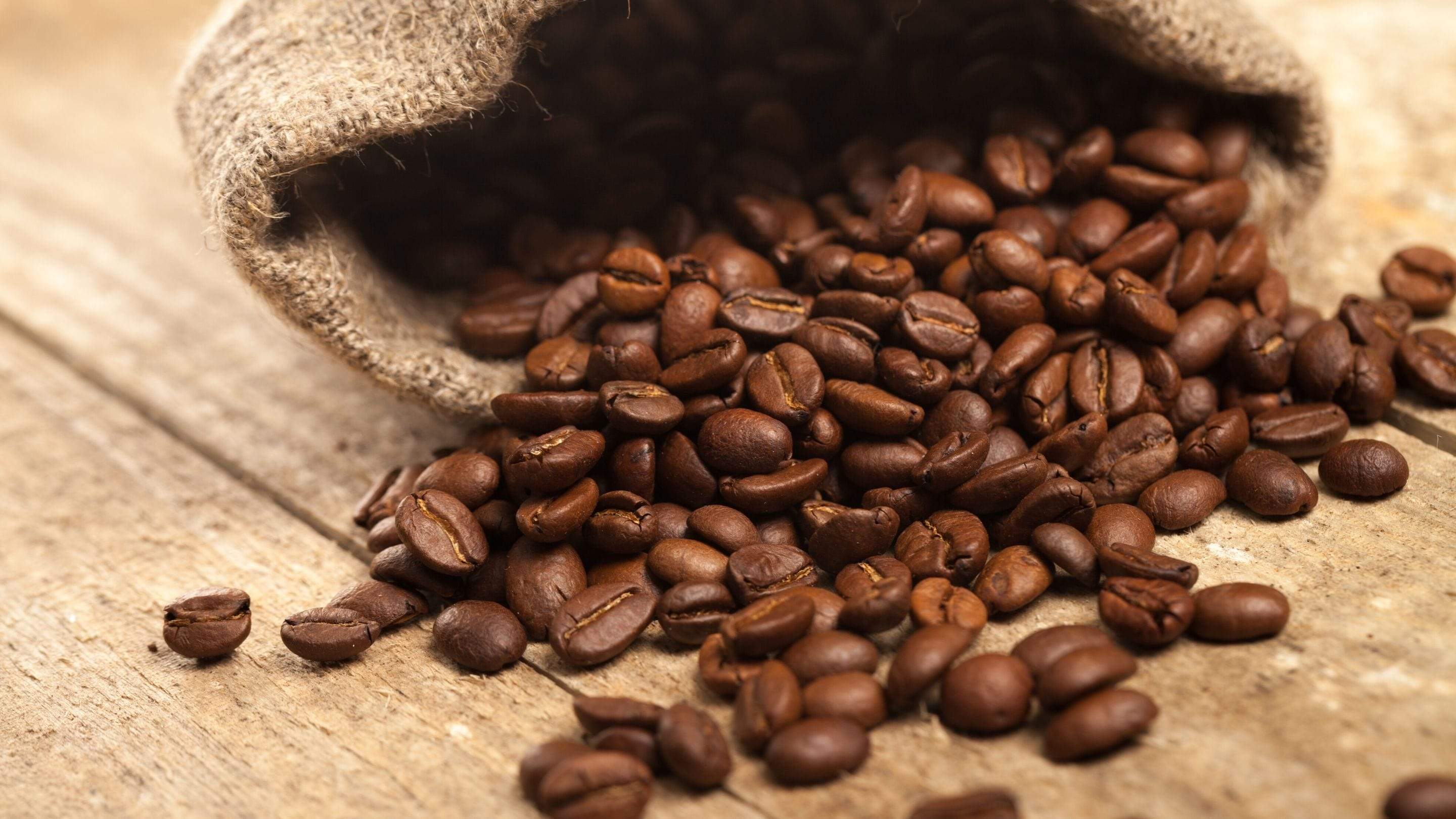


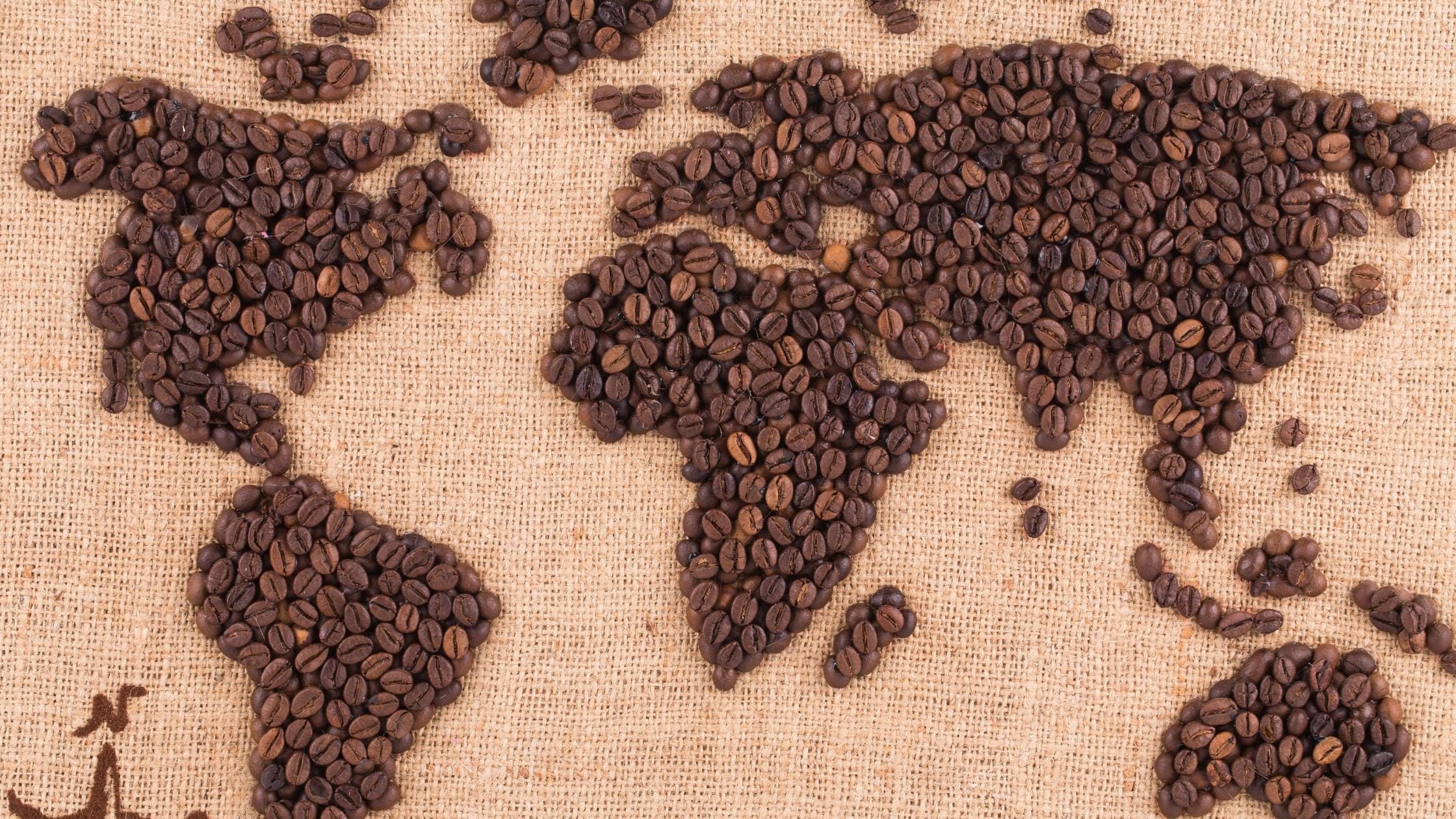
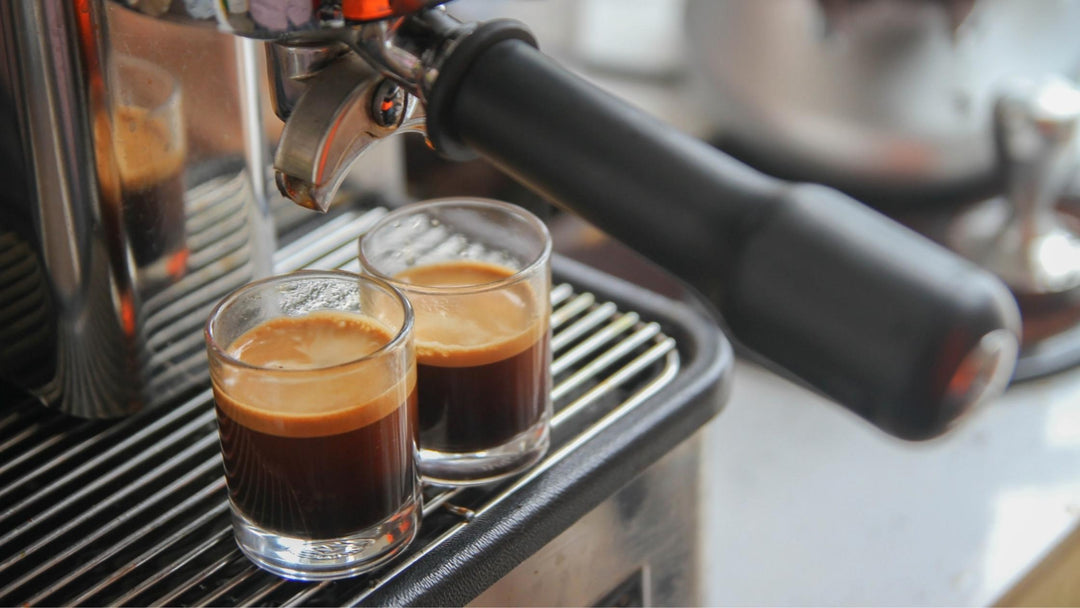

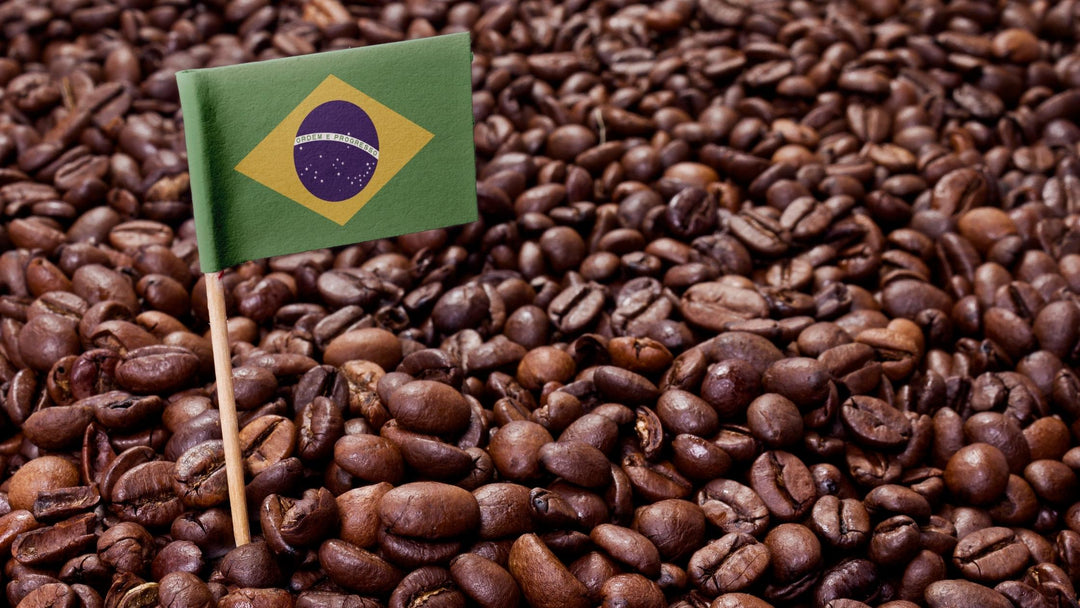

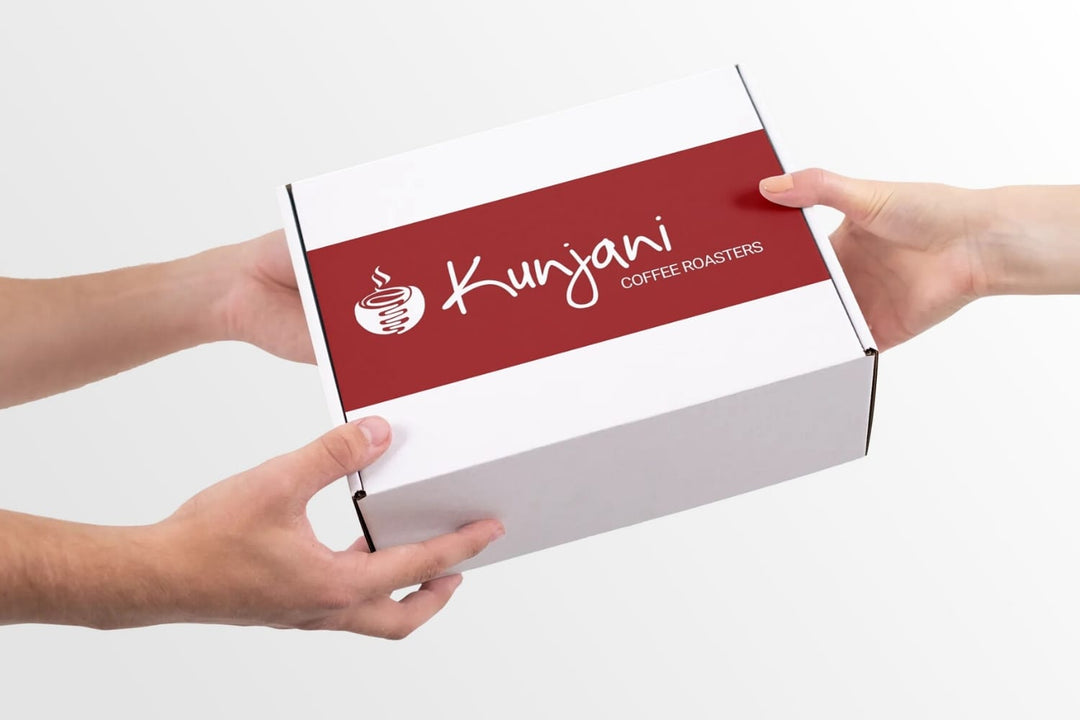
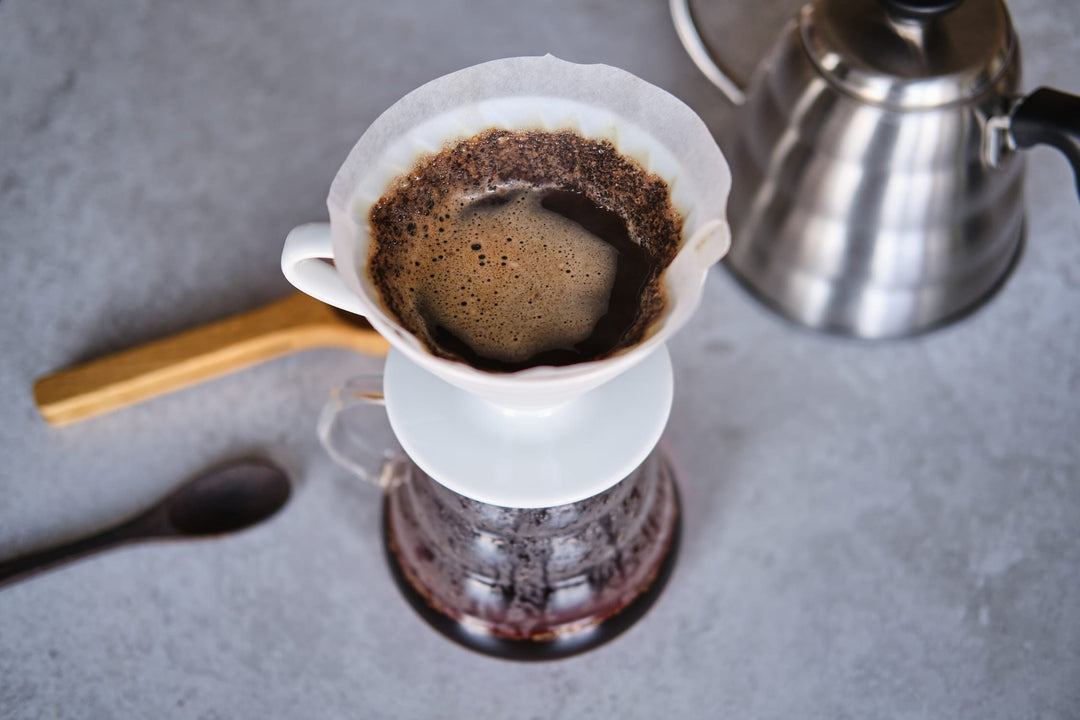
Leave a comment